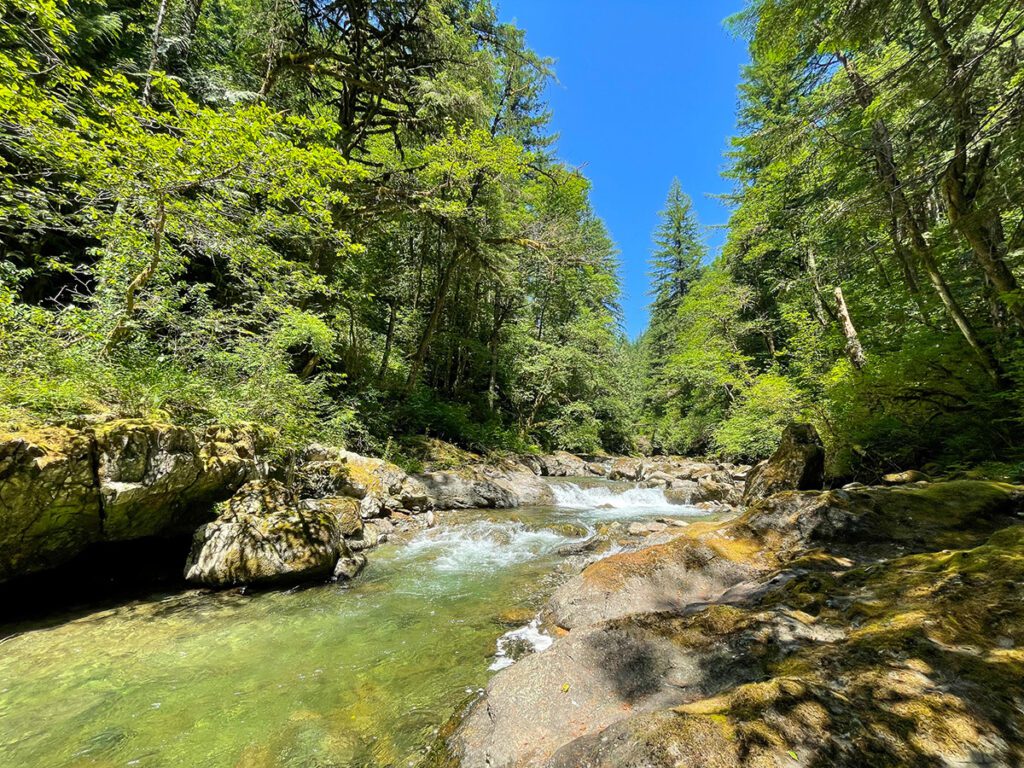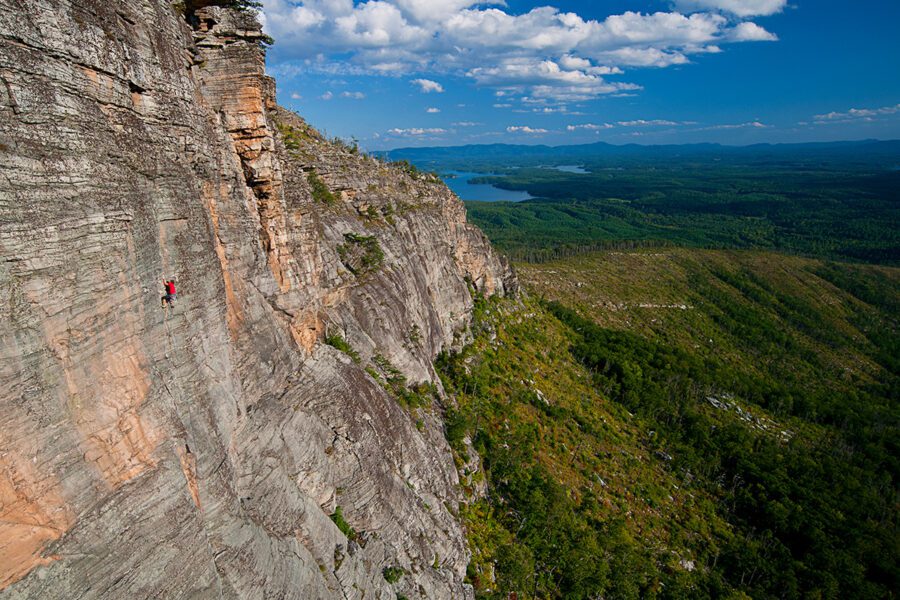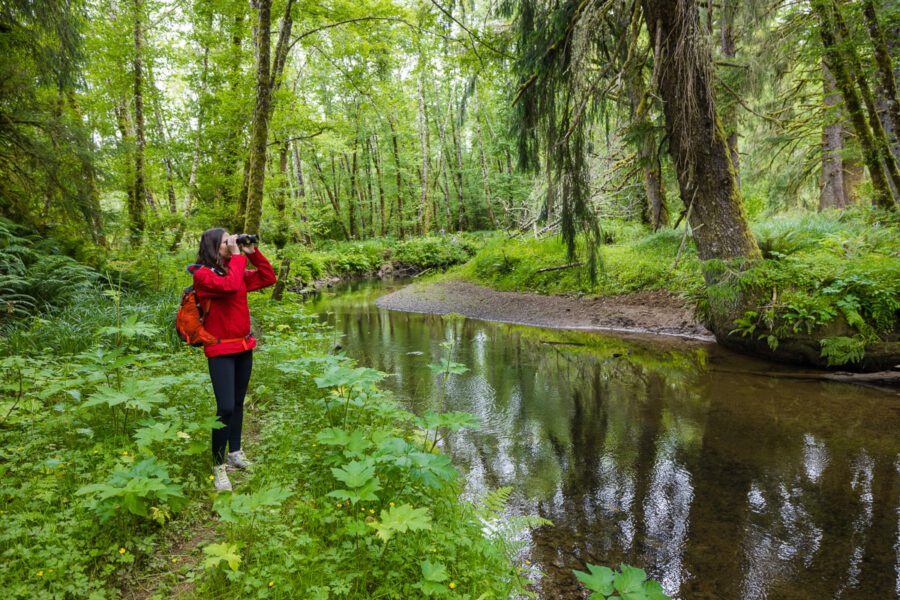Ecologists and foresters commonly suggest that trees must be 120 to 150 years old to be considered “old growth.” Along the West Fork Washougal River in Washington, the Douglas fir, cedar and hemlock trees are well on their way to achieving the designation. Many of the trees in the area can be dated to the early 1900s, clocking in at over 100 years of age.
Thanks to the efforts of the Columbia Land Trust and a public/private collaboration, 300 acres of this forest in the West Cascades of Washington are now protected from harvest and exurban development.
Since these trees have been relatively undisturbed for over a century, they’ve reached mature heights that provide abundant habitat and cover for birds, pollinators, and animals. They shade the waterways, which benefits fish by helping to maintain consistently cool water temperatures. This is especially relevant as the protected acreage includes 1.5 miles of critical salmon and steelhead habitat along the West Fork Washougal and Jackson Creek.
The West Fork Washougal acreage is directly adjacent to the Wildboy Forest, 1,200 acres of which were protected in 2020 with support from The Conservation Alliance. These two areas are critical to eventually ensure healthy waterways from the West Cascades to the Columbia River.
The Columbia Land Trust set out to protect water quality, fish habitat, and “relatively old forested habitat.” With this success, they may be able to drop the “relatively” in a decade or two, and contribute to a new age of old growth forests and healthy salmon populations.




